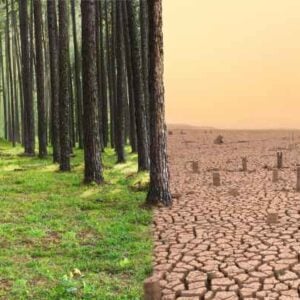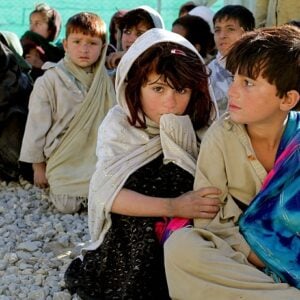The annual monsoon season has brought unprecedented devastation across Asia, with more than 130 children killed and many more displaced due to floods and extreme weather. Countries like China, Pakistan, Thailand, Laos, and the Philippines are facing earlier and more intense monsoon rains, a phenomenon attributed to climate change. As storms sweep across the region, homes and schools have been destroyed, leaving children vulnerable and without access to education.
In the Philippines alone, repeated tropical cyclones have obliterated about 1,350 classrooms. Over 200 schools are currently serving as evacuation centers, compounding the disruption to children’s learning. Nepal’s Madhesh Province is experiencing the opposite climate extreme, as drought conditions have left families without clean water. In response, Save the Children and its partners are distributing over 20,000 liters of water to households in need.
China’s capital, Beijing, saw severe flooding in late July that displaced over 100,000 people. Northern Thailand has also been hit hard, with widespread flood damage impacting over 145,000 people. Pakistan’s Punjab province, heavily affected by early monsoon floods, has seen over 280 deaths, including 133 children, and significant damage to drinking water sources and educational infrastructure.
In Bangladesh’s Feni district, floodwaters have forced families to take shelter in schools. Humanitarian aid, including hygiene kits and cash assistance, is being provided by Save the Children and its partners. In the Philippines, relief kits have reached hundreds of displaced families, though children like 10-year-old Tel are still struggling to recover, having lost all school supplies to flooding.
The scale of this year’s disaster reflects a growing climate emergency. Asia, already the world’s most disaster-prone region, recorded its hottest year in 2023 and continues to warm faster than the global average. Save the Children warns that climate change disproportionately harms children, particularly those in low-income communities, and urges urgent action.
Scientific studies show that limiting global warming to 1.5°C rather than 2.7°C could protect tens of millions of children from extreme heat. Save the Children is calling on governments, donors, and the global community to increase funding for climate adaptation and disaster response. The organization emphasizes the need to phase out fossil fuels and protect future generations from escalating climate shocks.







